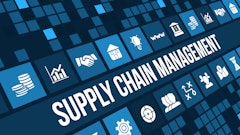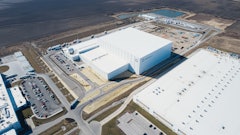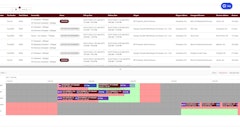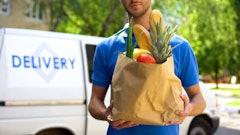
If there is a serious safety problem with a batch of product, everyone agrees that we need to have the ability to quickly trace the product back to the source of the problem and forward to anyone who might consume the product.
The difficulty is that enhancing current traceability to accomplish this requires time and money to make every batch of product traceable even if there is no safety problem. While it would be great to only incur the expense necessary to enable traceability for those products where there is going to be a safety problem, this is obviously not possible. Without standardization, the cost of traceability is unacceptable and the result ineffective.
Even with standardization, it is essential that at least some of the cost be offset by somehow utilizing the traceability requirements to add value. The most promising ways of adding some value are by capturing and sharing information that will increase demand for the product by improving quality, or decrease supply chain cost by improving efficiency.
Enabling product traceability requires that a label or electronic tag be attached to the product at its point of origin with at least an origin identifier and a batch identifier. Each enterprise that handles the product will need to capture the information on the label together with who the product was received from and when it was received as well as who the product was shipped to and when it was shipped.
If this information, linked with the identity of each enterprise that touched the product, is kept in some electronically accessible location then at least the path taken by the product can be quickly traced. Each enterprise may be required to keep some additional information to indicate what they actually did to the product.
Labeling the product is relatively inexpensive, at most a few cents per label. The major cost of traceability is the capturing of information by each enterprise in the chain and making this information electronically available. To minimize this cost it is essential that each enterprise have a unique identifier. This allows efficient capture of information regarding who the product is shipped from and who the product is shipped to. It also allows the efficient tracing from enterprise to enterprise through the chain.
Standardize Information
The obvious first step to getting value from information is to standardize the information (i.e., origin and batch number) and make it easily obtainable by everyone in the chain. This requires that the labels put on the products contain standardized information and be machine-readable (e.g., via standard bar code or RFID tag).
The following additional information, if included on the label in a standard machine-readable form, could provide significant value for some entities in the chain:
- Product identifier
- Date of harvest
- Location of the origin
In most food supply chains not everyone knows how they are supposed to handle a product. If product identifiers for each product, together with relevant handling information (e.g., recommended temperature, expected shelf life, etc.), are included, then any entity with a doubt about how to handle the product could read the bar code with a smart phone or similar device, and by accessing a web site, learn exactly how the product should be handled.
It is currently the case that when product is received at most locations within the chain, there is little knowledge regarding how much shelf life it has left. By having the harvest date and the expected shelf life from the product web site described above, the estimate of remaining shelf life for many products could be dramatically improved.
This is obviously of greater value for some products than for others but particular important in replenishing produce. Also, the way the product has been handled throughout the supply chain has a significant impact on remaining shelf- life. However, having the harvest date would be of significant value particularly to retailers. Being able to predict shelf life is a critical requirement for better managing inventory and reducing waste throughout the supply chain.
There is a huge amount of information available regarding rainfall and temperature that impact product quality and shelf life. By knowing the origin location this climate information could be used, together with the specific product type and the harvest date, to further improve estimates of both the quality and shelf life of the product.
There is nothing in the new U.S. FDA Food Safety Modernization Act that requires or even encourages either standardization or data sharing. However, without both the effort to enable traceability will be a pure cost. It is time for all participants in the food supply chain to recognize that consumers, retailers, and governments are going to increasingly demand more information regarding the food chain.
All food chain participants should proactively analyze what information can add value and what standardization can reduce cost and then collaborate to lead this information revolution.


























